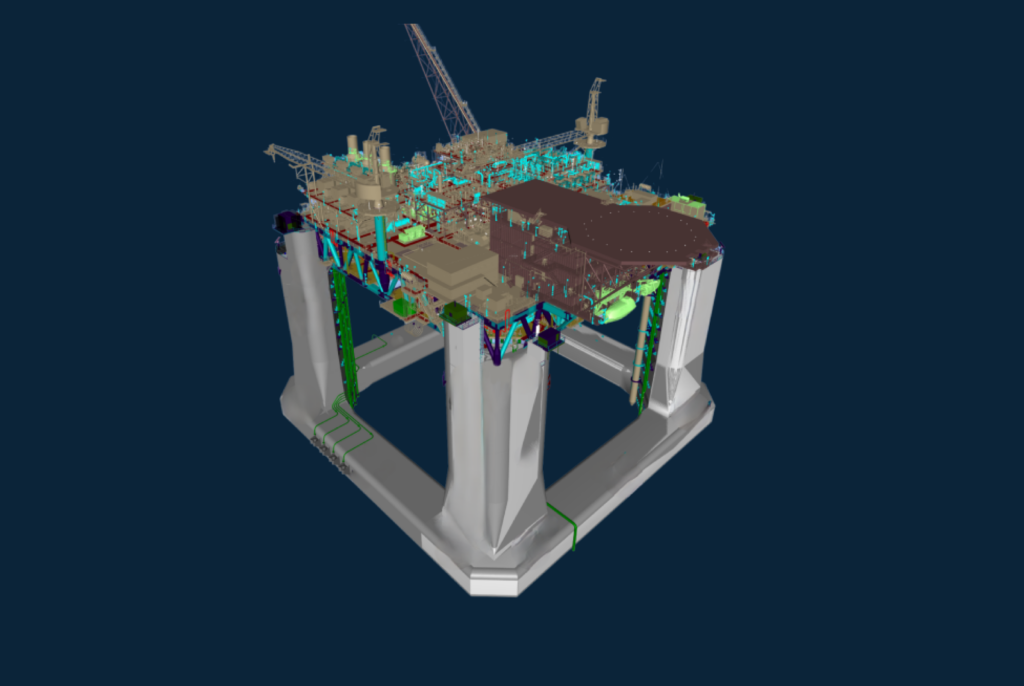

Want to share this article?
SEMS Planning and Its Effectiveness Today
The Safety and Environmental Management Systems (SEMS and SEMS II) rules are codified into U.S. law as 30 CFR Part 250, Subpart S and affect those conducting offshore oil, gas, and sulphur operations.
With all SEMS audits needing to comply with updated rules (that went into effect in October 2010), operators have been putting the final touches to their SEMS to ensure audit compliance. Some companies have turned to experienced outside service providers like Audubon Field Solutions that offer audit analysis, gap assessments, and compliance consulting to ensure their projects better meet those SEMS compliance and audit requirements.
Developing a SEMS plan isn’t a straightforward process. Design data and facility process charts must be consulted, hazard analyses must be conducted, and quality and preventive maintenance programs must be created. A change management strategy must also be put into place as processes aren’t always static. While the whole plan must be clearly documented and transmitted to all personnel, documenting the plan is not enough; it must also be carefully scrutinized for effectiveness. And of course it must hold up to regular audits.
But is SEMS working for the industry and how can it be improved? In an early May interview with Fuelfix, Bureau of Safety and Environmental Enforcement (BSEE) Director Brian Salerno hinted that while the program is working, there’s more to improve, including process safety and increased employee involvement in SEMS planning. He also suggested that a SEMS program is only as good as it relates to the way work is done. “I think even though companies have a SEMS plan, we’ve seen a number of incidents where it was very clear that the plan isn’t work[ing] right down to the way people do work,” Salerno said.
Additional insight comes from the Center for Offshore Safety (COS), which reported in April that all SEMS audits of its members were successfully completed in 2013. Additionally, they reported that operations in the Gulf of Mexico were free of fatalities and loss of well control events with no major spills. Like the BSEE, the COS found SEMS improvements for the future should include better process safety that emphasizes risk management and testing. The COS also emphasized the need to better evaluate “the effectiveness of and adherence to operating procedures and safe work practices.”












